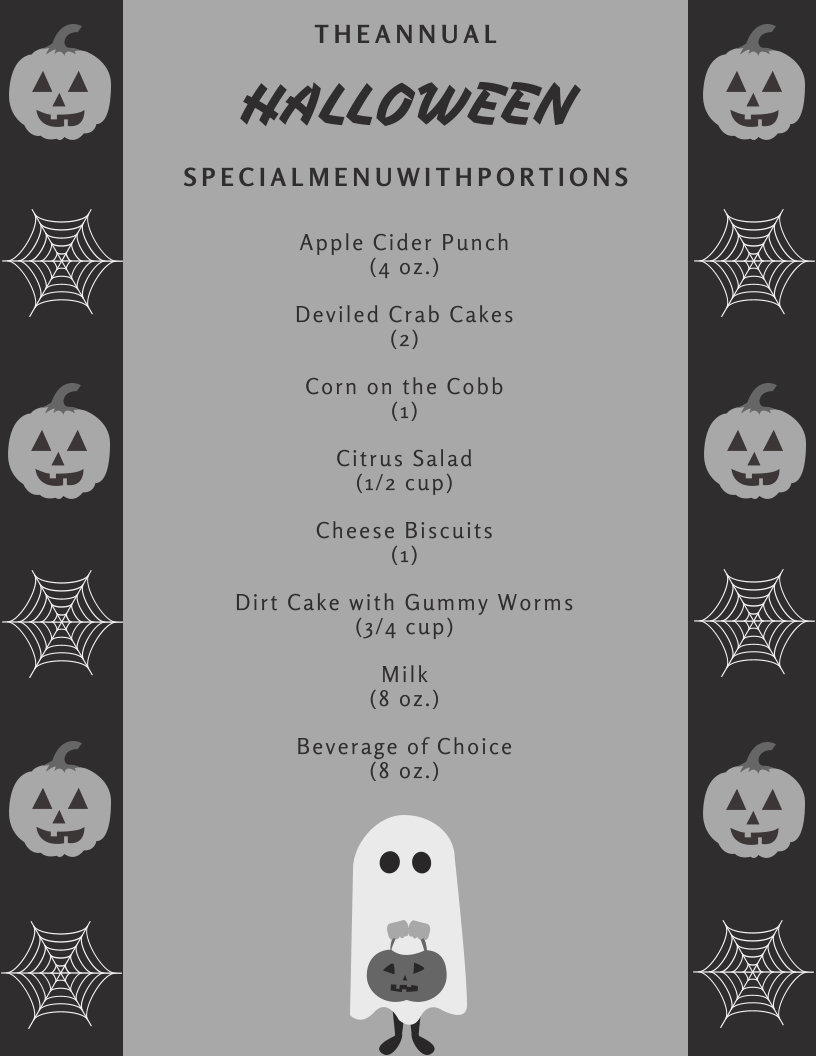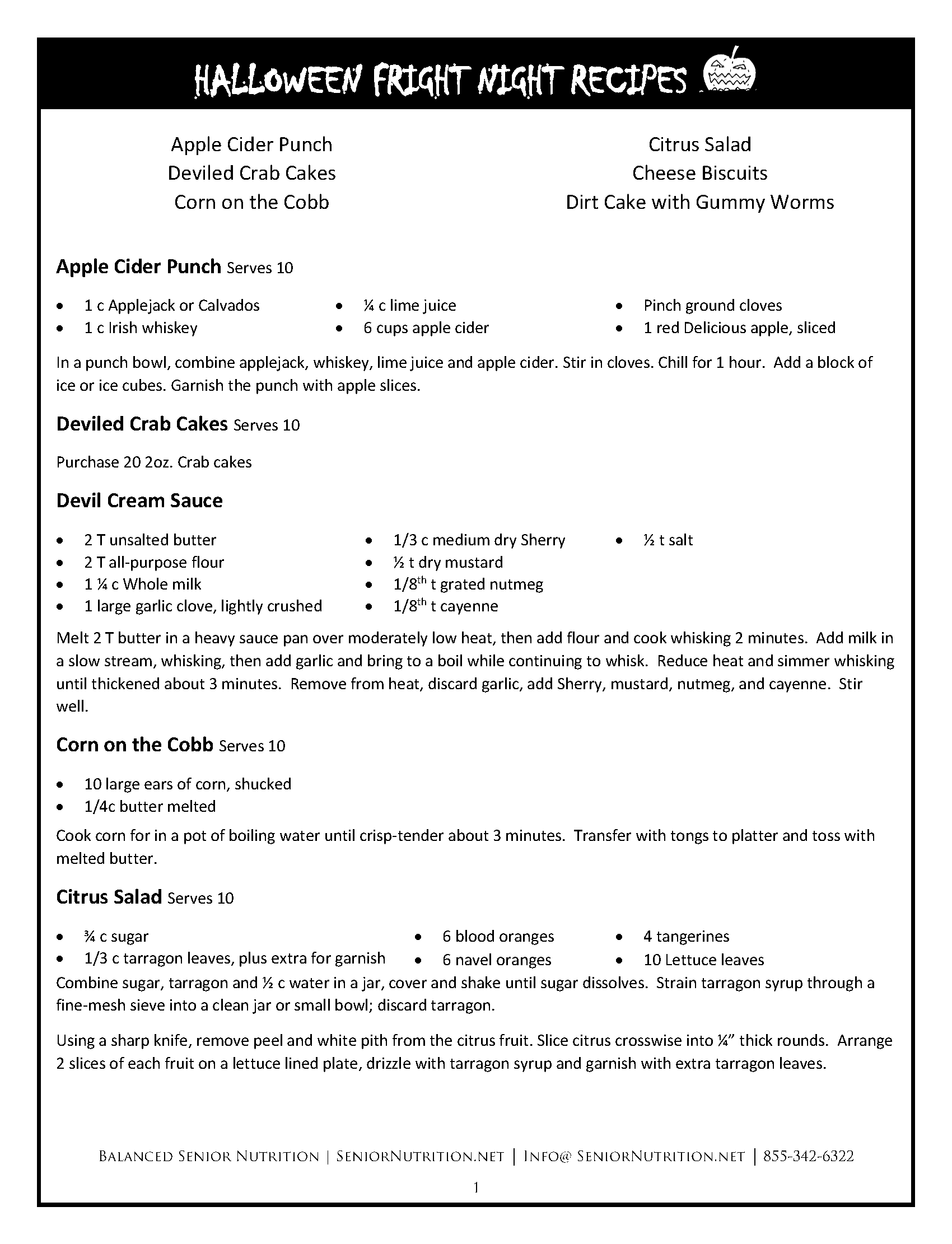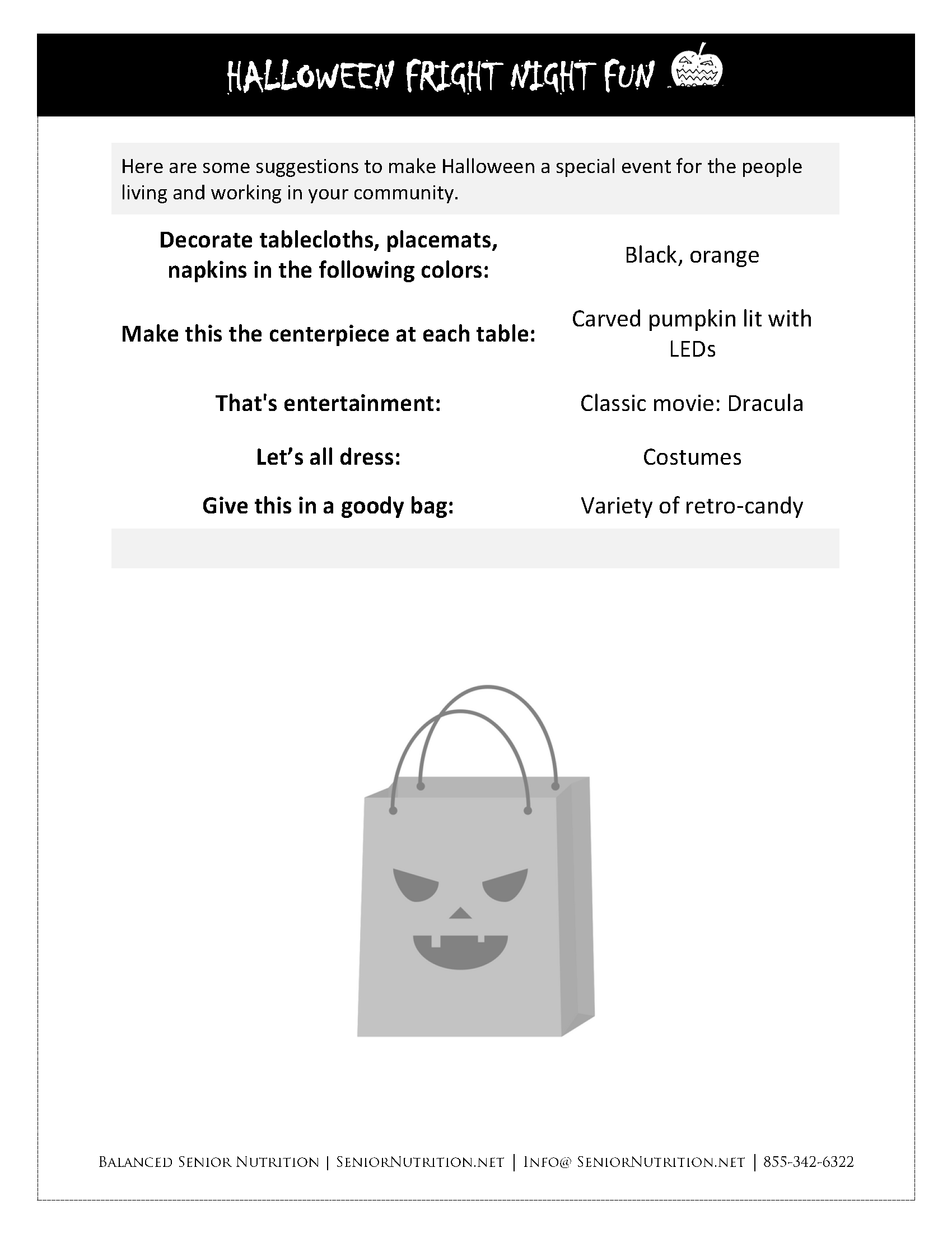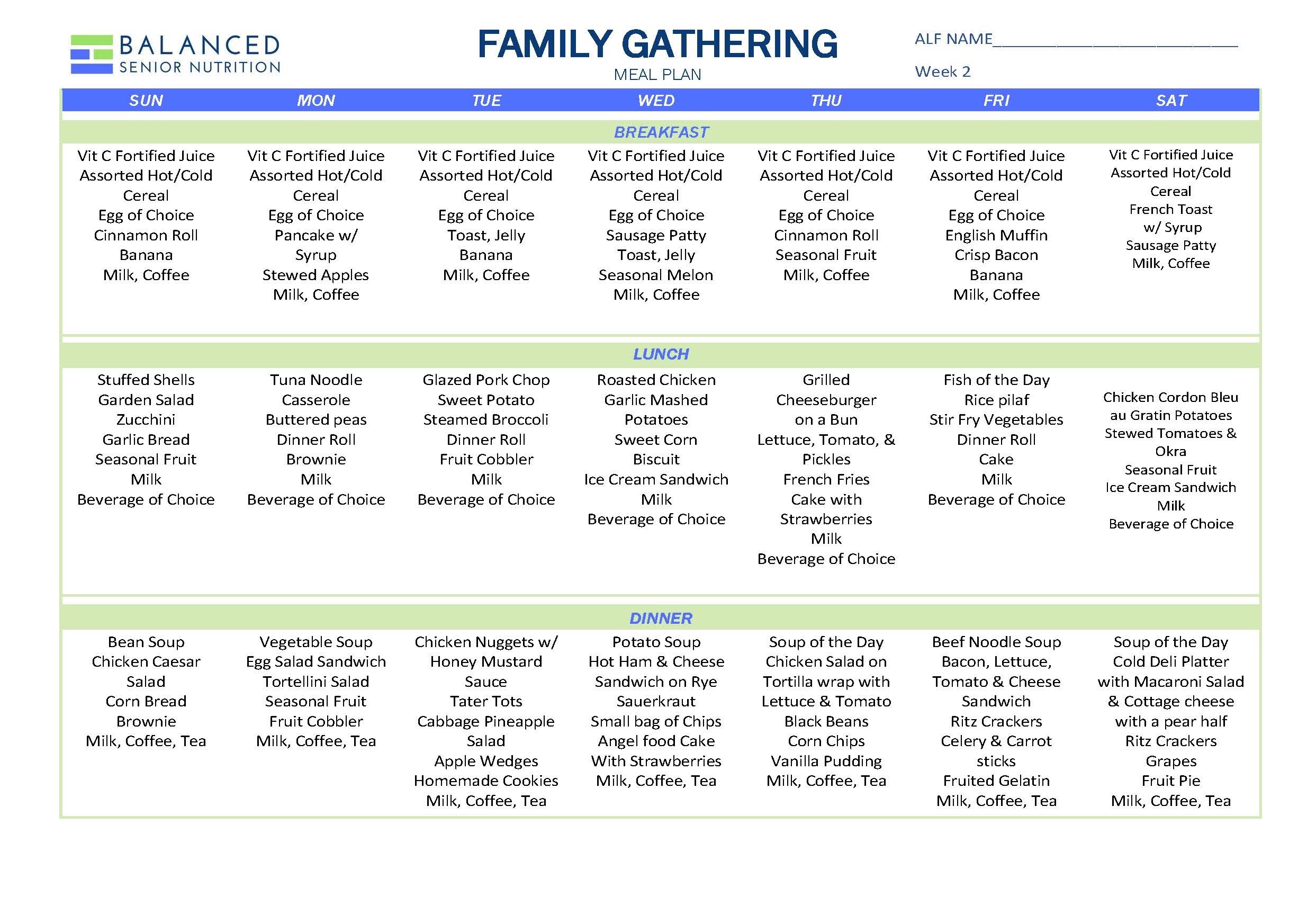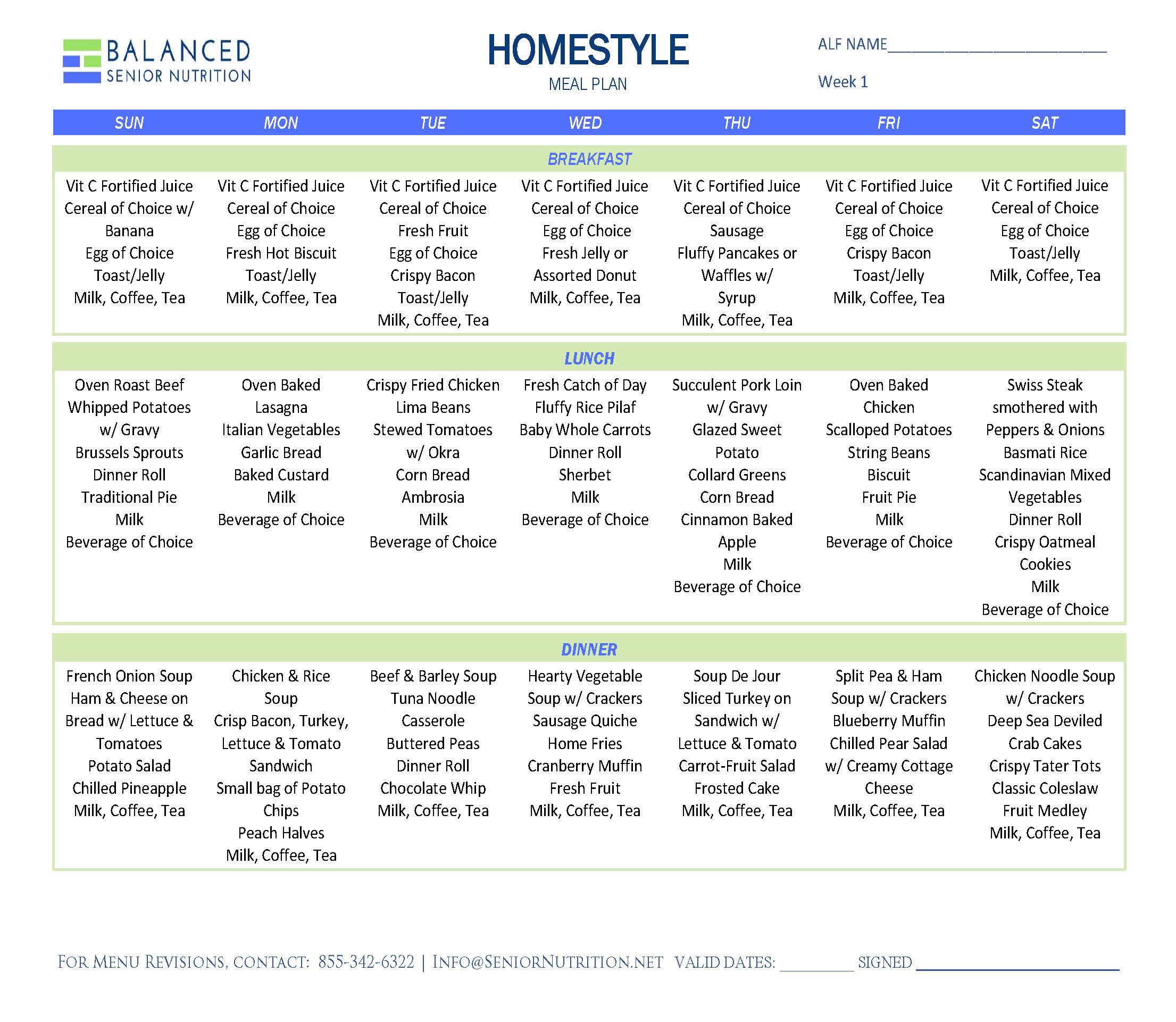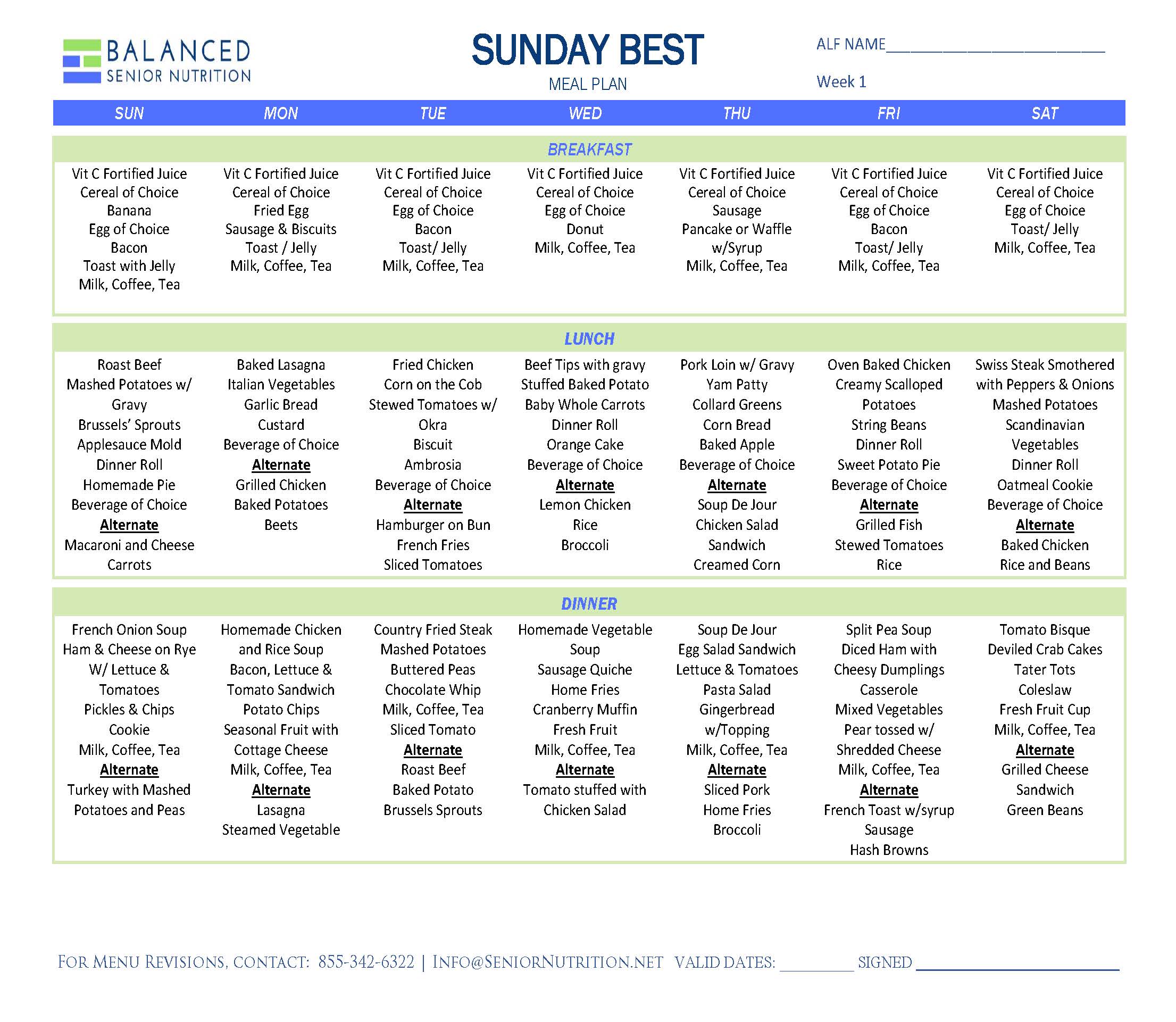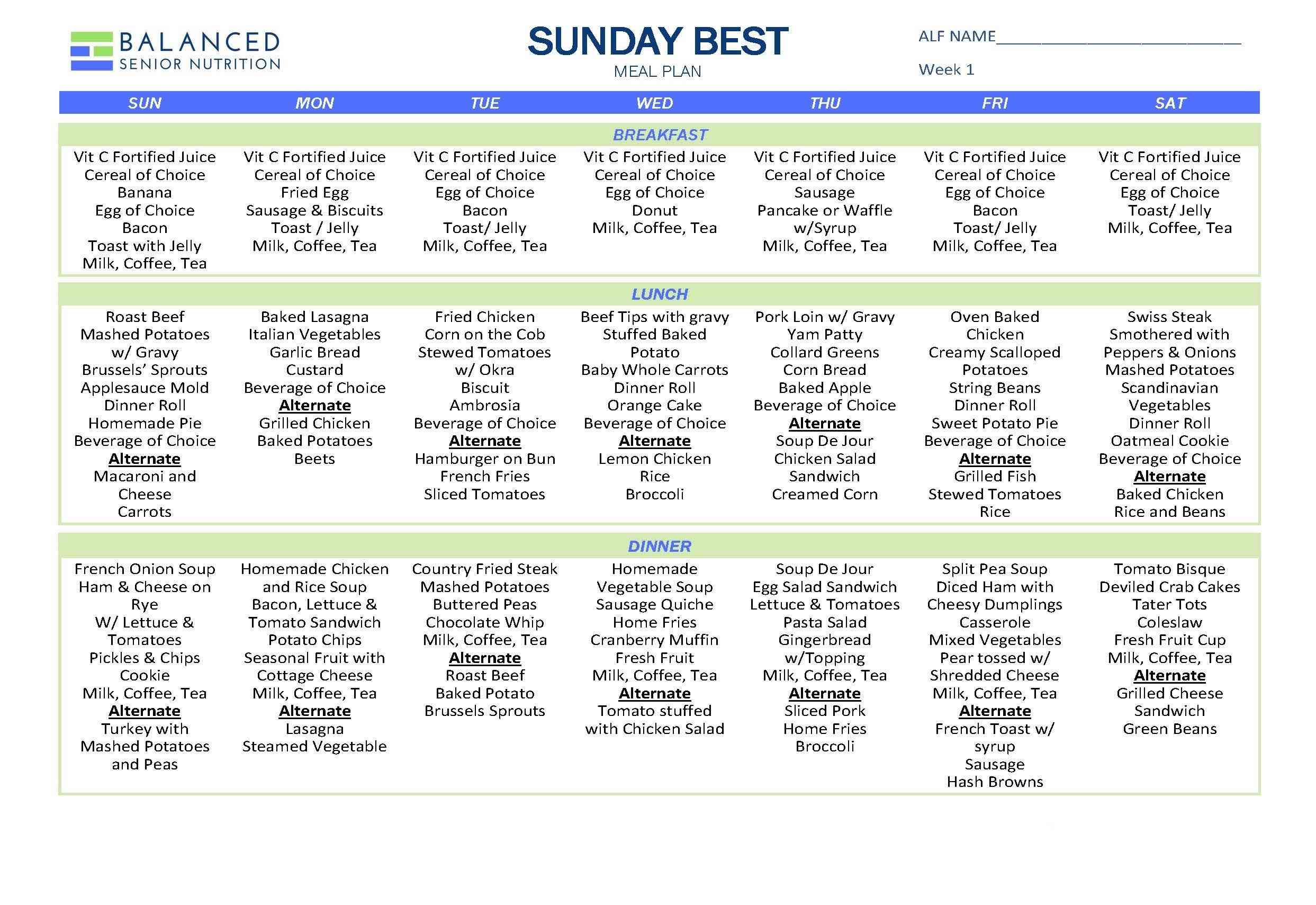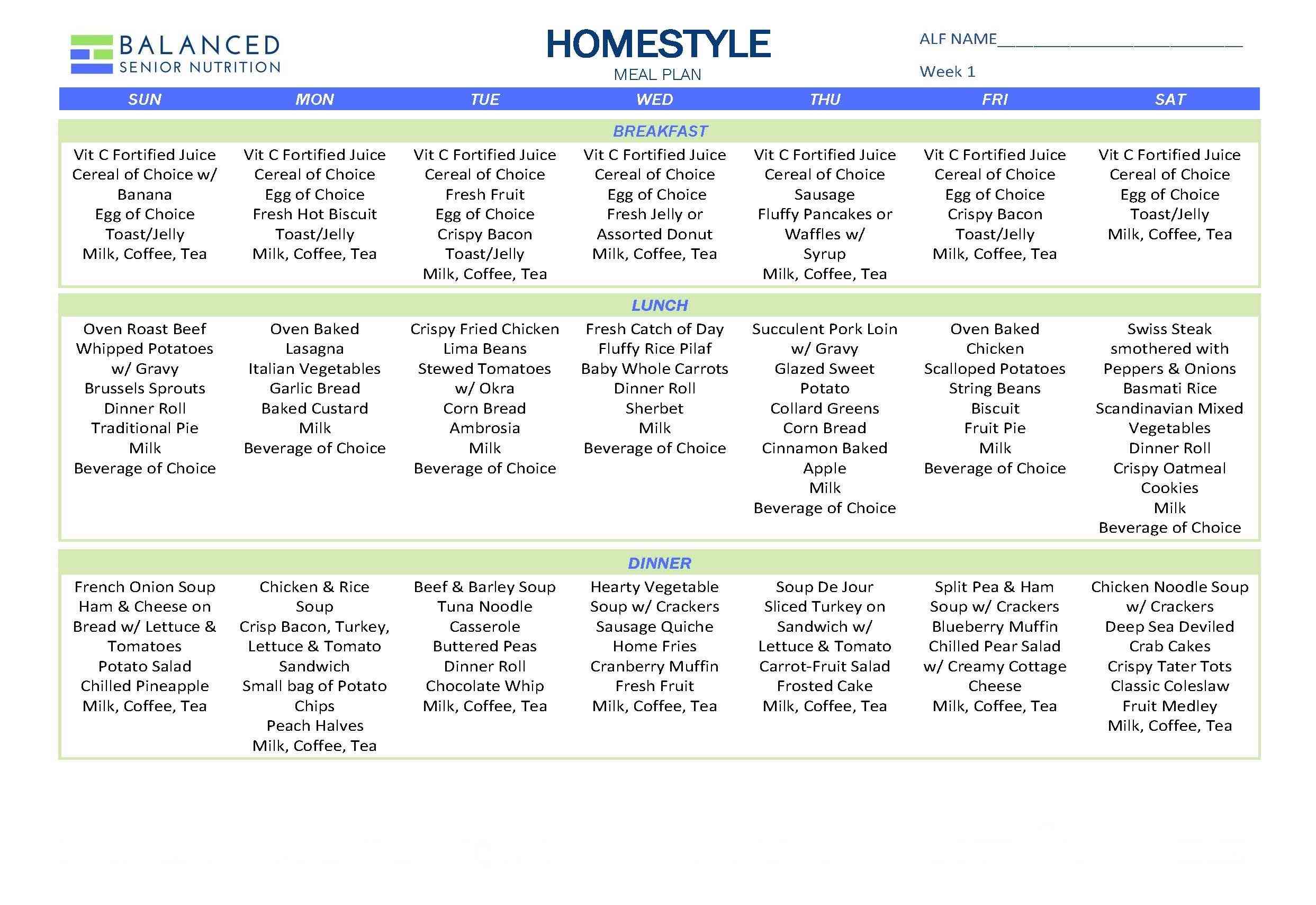
Part Three – How to Lose Referrals – and Income – One Star at a Time
Last post we talked about the importance of the revised five-star nursing home quality rating system, particularly regarding its use by residents from the baby boomer generation to decide in which communities they choose to live. For the purposes of this discussion, I’d like you to put on your hat as a former administrator to look at how the five-star rating system could affect your bottom line.
Sure, first of all, receiving a five-star rating has never been more important to a nursing home’s bottom line.
How so?
We’ve heard about the coming wave of baby boomers. Something to the tune of 10,000 people a day will be retiring over the two decades. That’s a lot of folks who may have need of long-term care in the near future. Most of them are internet savvy and know how to use search engines to find out information about nursing homes in their area. And the first site to pop up is www.NursingHomeCompare at Medicare.gov. That’s where boomers will be searching for nursing homes near them and then comparing the report cards on the ones with the highest ratings.
And likely ignoring the homes with one or two star ratings, right?
Yes, but they aren’t the only ones who will be ignoring nursing homes with one- and two-star ratings.
What you mean?
I mean that regulators, insurers and other payers and provider networks are using these ratings to pick which communities they will consider doing business with.
Can you give us some examples?
Insurers for one. Several large Medicaid managed care plans such as Medicare Advantage plans and Medicare Special Needs plans will exclude nursing homes with less than 3-star ratings from their networks. When you put them together, these insurers control – or will soon control – the majority of nursing home revenues. Now, imagine you’re an administrator losing all that income from your bottom line because of below average ratings and you see how important the rating system has become.
Are there other sources of income that could be affected by below average ratings?
Getting Medicare to pay for skilled nursing facility care for enrollees in certain Medicare ACOs is going to be affected by below average ratings as well.
What are ACO’s?
Affordable Care Organizations are networks of providers that want to reduce the total cost of care and meet quality targets for an assigned population of patients. Beginning in 2017, CMS will allow waivers — for enrollees in certain Medicare ACOs — of the requirement that patients must stay 3 days before Medicare will pay for skilled nursing facility care. But here’s where the 5-Star rating system affects the bottom line. Such waivers require that patients go to skilled nursing homes with at least 3-star ratings.
So, some of these ACO’s won’t be sending a referral to your community if it has below average ratings?
That’s right. CMS also offers waivers of the required three-day hospital stay for Medicare skilled nursing facility coverage in certain “bundled” and episodic payment arrangements. These payment arrangements – some of which are mandatory – encourage hospitals, doctors, SNFs and other providers to work together to reduce the cost of care received by patients across an episode of care, such as heart bypass surgery or a knee replacement.
Let me guess, to qualify for that waiver, the majority of the skilled nursing facilities in this arrangement must have a quality rating of at least 3 stars.
You’ve got it. And let’s not forget about lenders and investors, particularly the US Department of Housing and Urban Development (HUD). HUD uses the star ratings as a part of its risk assessment. Also, more than a few other lenders and institutional investors include five-star ratings on their underwriting checklists.
That’s a lot of incentive to improve your ratings.
It is when you consider that a nursing home that doesn’t get at least three stars may not be able to get enough referrals or enough Medicare and Medicaid funding in the future to stay in business. And, to add salt to the wound, nationally, nursing home census is slowly dropping which creates even more competition for clients. That’s why it’s so important to make sure that you’re on the right track when it comes to mandated person-centered care in the new CMS requirements. You can do that by a comprehensive review of your procedures, documentation and other factors involved in your dining services. It may pay to bring in a fresh set of eyes to do an assessment of your community’s status when it comes to meeting those mandated requirements. Then you can decide whether you have the resources to create your own forms and procedures or use pre-existing documentation tools to help you make the change.
Stay tuned for our final installment of this four-part series.

